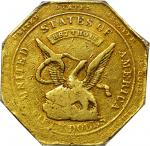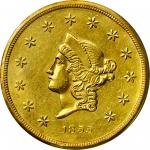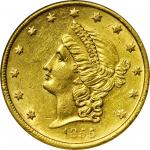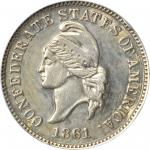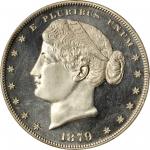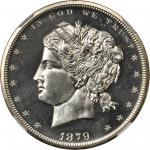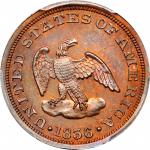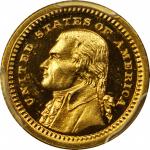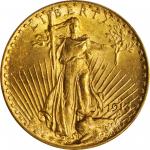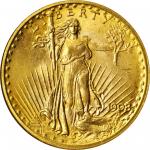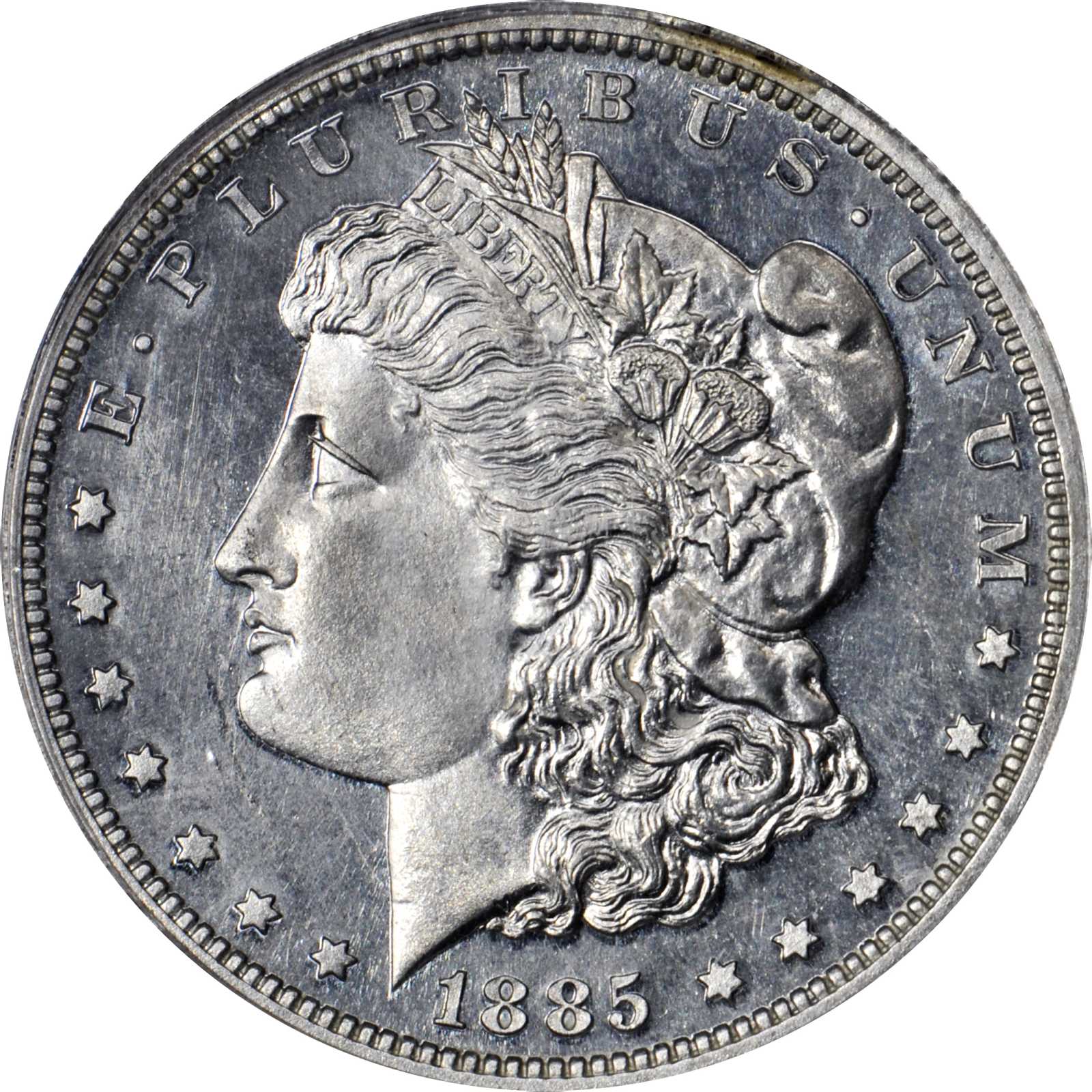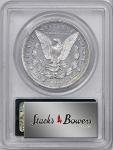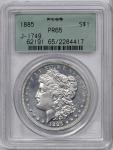1885 Pattern Morgan Dollar. Judd-1749, Pollock-1961. Rarity-7-. Aluminum. Lettered Edge. Proof-65 (PCGS). OGH.,Struck from the same dies that the Mint used in the production of regular issue 1885 Morgan silver dollars, although with the edge lettered as follows: * * * * * * E * / PLURIBUS * / UNUM * * * * *. The collar containing the edge lettering was comprised of three segments, each equal to one third the circumference of the coin. A lovely silver white Gem with a full strike, brilliant surfaces and an overall pristine appearance.<p>This intriguing and popular pattern type owes its existence to Archibald Loudoun Snowden who, as superintendent of the Philadelphia Mint, felt that raised edge lettering would offer enhanced protection from counterfeiters for U.S. gold and silver coins. Actually, the third side of a coin -- its edge -- had long played a key role in frustrating the attempts of counterfeiters, as well as protecting against defacement through clipping and filing. The earliest known use of raised edge lettering was in 1658 when the English government of Oliver Cromwell issued silver half crowns and crowns with this feature. Early U.S. Mint gold and silver coinage opted for either sunken relief lettering or reeding on the edge. By 1860, however, counterfeiting and filing had become such a severe problem that additional means were being sought to protect our nations coinage. As early as 1867 Snowden, then serving as chief coiner, recommended using raised edge lettering, although it was not until 1885 that this proposal was pursued with vigor.<p>The catalyst for serious experimentation with raised edge lettering during the mid 1880s was the arrest in 1884 of two skilled counterfeiters. Their work so worried Snowden that he set about developing a mechanism that would allow for the efficient production of coins with raised edge letters. Although his efforts met with initial success, as evidenced by the existence of patterns such as that offered here, the project was abandoned when Snowden resigned his position as superintendent before the end of 1885. It was not until the introduction of Augustus Saint-Gaudens eagle and double eagle in 1907 that raised edge lettering was adopted for use on regular issue U.S. coinage.<p>In 1885, under Snowdens supervision, the Mint struck pattern Morgan dollars with raised edge lettering in silver, copper and aluminum. The silver and copper impressions are of roughly equal rarity today with 15 to 20 examples known in each metallic composition. Aluminum impressions are even more elusive, the present specimen one of just eight to 10 known per the website <em>uspatterns.com</em>.,From the Janet Nakushian Collection.,




